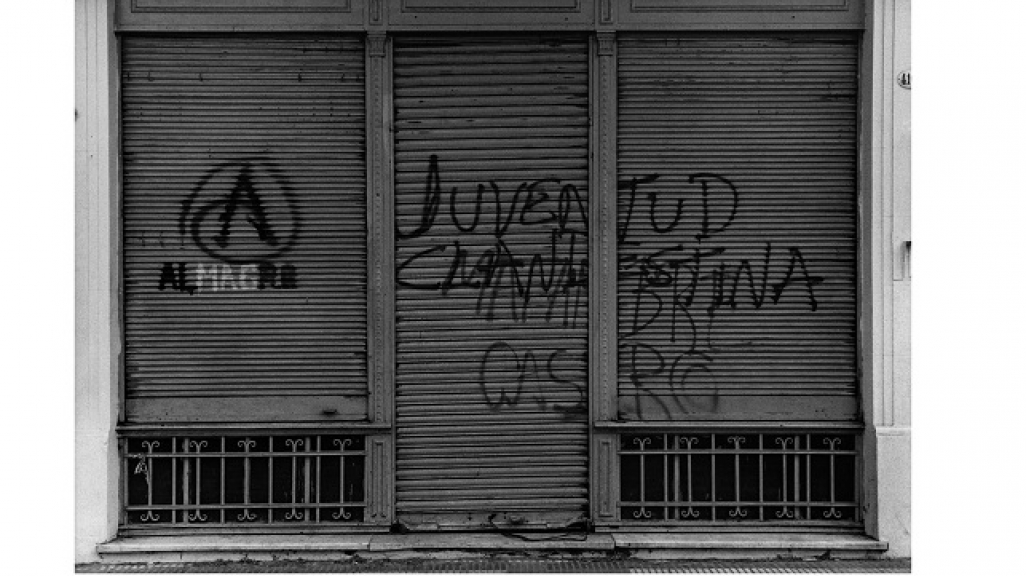Finding a Muse in the Vanishing Neighborhoods of Buenos Aires
Finding a Muse in the Vanishing Neighborhoods of Buenos Aires
The New York Times' Lens Blog features Facundo de Zuviría: Siesta Argentina and other modest observations, on view until April 1 at Americas Society.
Facundo de Zuviría’s muse is Buenos Aires, but far from the cosmopolitan climes of this Argentine capital. For him, the city reveals its true character in its barrios, where mom-and-pop stores occupy old, low-slung buildings. He had understood that in the 1980s when he worked in a cultural program that took him all over the city. But it really hit home during Argentina’s economic crisis in 2001.
His images during that period of hardship — when he and many of his compatriots were out of work — led him to notice how many of those small stores that gave neighborhoods a unique flavor were disappearing, sometimes overnight. He started taking pictures of the closed gates, straight-ahead compositions featuring repetitive lines and shapes, sometimes slathered with graffiti or weathered signs, all rendered in black and white. They are graceful, melancholy and almost reverent, in some cases reminiscent of Walker Evans (whose work Mr. de Zuviría did not know when he started seriously taking pictures).
Learn more about the exhibition. Read this art review in Spanish.
His chronicle of the vanishing city is at the heart of a new exhibit, “Facundo de Zuviría: Siesta Argentina and other modest observations,” which has just opened at the Americas Society in New York and runs through April 1. The show also features earlier and later work, including some in color, but they are all connected by his fascination with Buenos Aires, especially the vernacular.
“The city of Buenos Aires is his protagonist,” said Gabriela Rangel, who curated the show along with Alexis Fabry. “The city he knew, he anticipated its disappearance. This is the Buenos Aires of someone who is not a tourist, who lives there and goes to the cafe in the barrio that has been run by the same family for years. It’s not very different from what the Bowery was in the ’70s or what Walker Evans did in Havana in the 1930s....”
Image: Siesta Argentina [Argentine Siesta] series, ed. 2/3, 2003 (one of 36 gelatin silver prints), 10 x 12 ¾ in. each. Collection of Diane and Bruce Halle.









